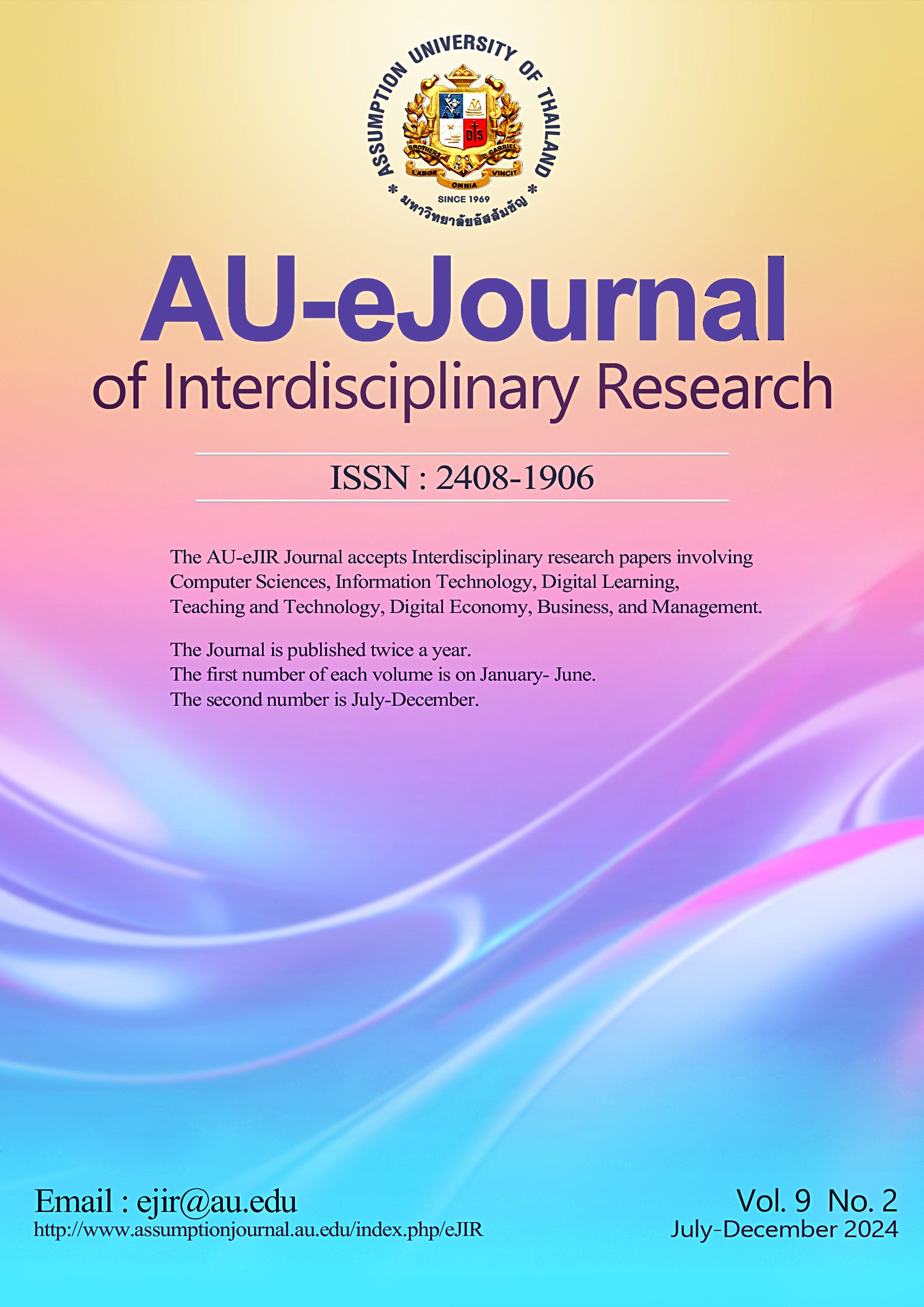A Comparative Analysis of Adaboost and XGBoost Meta-Algorthms for improving Network Security
Keywords:
Keywords Algorithm, Dataset, Intrusion, Machine Learning, Models, Network SecurityAbstract
Purpose: This study explores network security, focusing on the application of advanced machine learning algorithms to enhance Intrusion Detection Systems. The increasing frequency of network attacks necessitates robust defense mechanisms and sophisticated methodologies.
Research design, data and methodology: The CRISP-DM framework and a multi-class dataset from the NSL KDD Cup Dataset were used for feature selection and boosting. Adaboost outperformed XGBoost in accuracy, error rate, precision and sensitivity, highlighting the relationship between algorithmic selection and high detection rates in intrusion detection systems. The study emphasizes the importance of considering diverse machine learning models and datasets to refine and advance intrusion detection techniques. The research highlights the evolving landscape of network security and encourages further exploration and integration of various machine learning models and datasets into intrusion detection methodologies.
Conclusions: Real-world implementations are encouraged, focusing on scalability and adaptability. The synergy of advanced machine learning algorithms, meticulous feature selection, and robust methodologies is a promising avenue for fortifying network defenses and ensuring critical system security. This study contributes to the ongoing dialogue on network security, advocating for a proactive approach in refining and implementing intrusion detection systems.
Keywords: Keywords Algorithm, Dataset, Intrusion, Machine Learning, Models, Network Security.
References
Akinrotimi, A. O., & Mabayoje, M. A. (2019). A Neural Network Approach in Performing Non-Invasive Analysis of Muscle Impulses For Hand Gesture Recognition. Annals. Computer Science Series, 17(2), 104-108.
Al-Hajri, A., Zidan, M. A., Al-Nashash, A. H., & Habib, M. H. (2021). A new ensemble-based intrusion detection system for Internet of Things. Arabian Journal for Science and Engineering, 46(12), 13241-13252. https://link.springer.com/article/10.1007/s13369-021-06086-5
Almutairi, Y. S., Alhazmi, B., & Munshi, A. A. (2022). Network intrusion detection using machine learning techniques. Advances in Science and Technology Research Journal, 16(3), 193-206.
Awajan, A. (2023). A Novel Deep Learning-Based Intrusion Detection System for IOT Networks. Computers, 12(2), 34.
Hatungimana, G. (2018). Pairwise clusters optimization and cluster most significant feature methods for anomaly-based network intrusion detection system (POC2MSF). Malaysian Journal of Computing (MJoC), 3(2), 93-107.
Hidayat, I., Ali, M. Z., & Arshad, A. (2023). Machine Learning-Based Intrusion Detection System: An Experimental Comparison. Journal of Computational and Cognitive Engineering, 2(2), 88-97.
https://doi.org/10.47852/bonviewJCCE2202270
Joldzic, O., Djuric, Z., & Vuletic, P. (2016). A transparent and scalable anomaly-based dos detection method. Computer Networks, 104, 27-42.
doi:10.1016/j.comnet.2016.05.004.
Jovic, A., Brkic, K., & Bogunovic, N. (2015). A review of feature selection methods with applications. In 38th Int. Conv. Inf. Commun. Technol. Electron. Microelectron, 112(5), 25-9.
Kim, J., Kim, J., Thu, H. L. T., & Kim, H. (2016). Long short term memory recurrent neural network classifier for intrusion detection. International Conference on Platform Technology and Service (PlatCon), 1-5.
Lee, J., & Samantha, H. (2024). K-Means Clustering for Network Segmentation and Intrusion Prevention. ACM Transactions on Intelligent Systems and Security, 6(1), 2024.
Mishra, P., Varadharajan, V., Tupakula, U., & Pilli, E. S. (2018). A detailed investigation and analysis of using machine learning techniques for intrusion detection. IEEE Communications Surveys & Tutorials, 21(1), 686-728.
Mohammed, S. Q., & Hussein, M. A. (2022). Performance Analysis of different Machine Learning Models for Intrusion Detection Systems. Journal of Engineering, 28(5), 61-91.
Papamartzivanos, D., Mármol, F. G., & Kambourakis, G. (2018). Dendron: Genetic trees driven rule induction for network intrusion detection systems. Future Generation Computer Systems, 79, 558-574. doi:10.1016/j.future.2017.09.056.
Saini, O., & Sharma, S. (2018). A review on dimension reduction techniques in data mining. Comput Eng Intell Syst, 9(1), 7-14.
Wang, Z., Chen, H., Yang, S., Luo, X., Li, D., & Wang, J. (2023). A lightweight intrusion detection method for IoT based on deep learning and dynamic quantization. PeerJ Computer Science, 9, e1569.
Yadav, M. K., & Ningshen, M. (2023). Enhancement of Intrusion Detection System using Machine Learning. Central Research Laboratory Bharat Electronics Limited Ghaziabad.
Youssef, G., Li, K., Guo, Z., & Emam, A. (2019). Semi-Supervised K-Means DDoS Detection Method Using Hybrid Feature Selection Algorithm. IEEE Access, 7(1), 64351-64365. doi:10.1109/ACCESS.2019.2917532.
Yu, S., Wang, L., Liu, Y., Wang, Y., Zhou, Y., & Chen, Z. (2021). Deep Learning Based Anomaly Detection for Network Intrusion Prevention Systems. IEEE Access, 9, 147439-147451.







